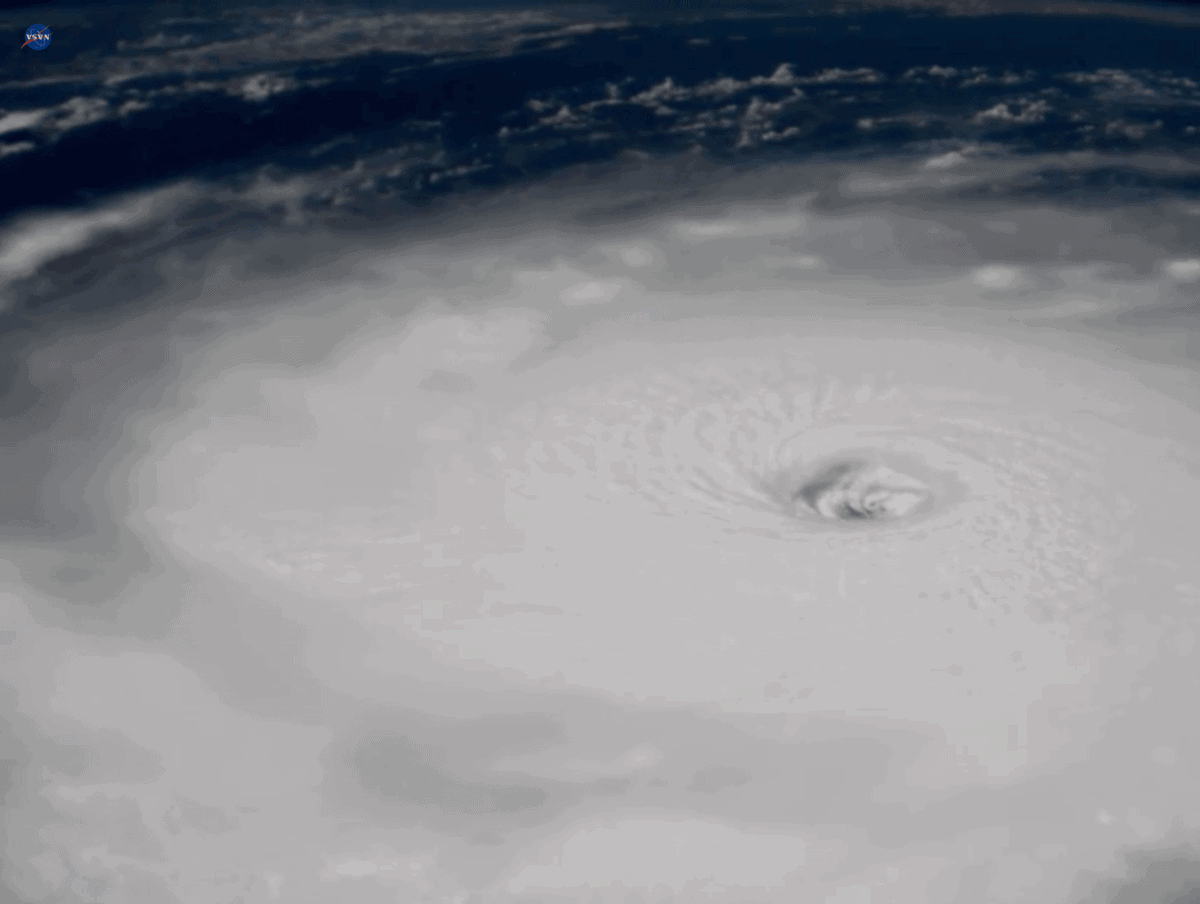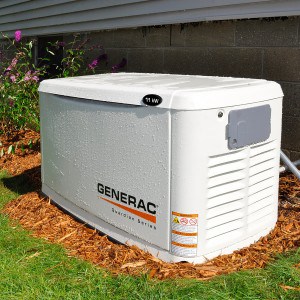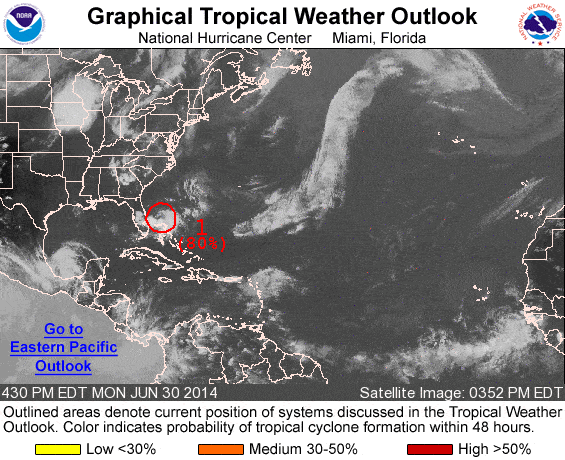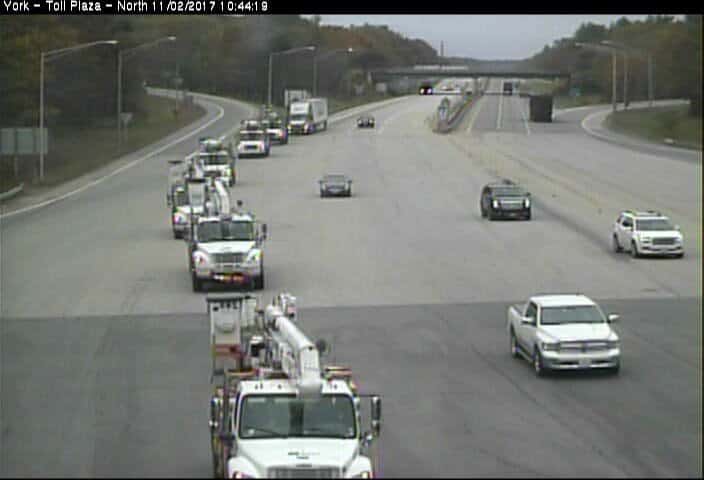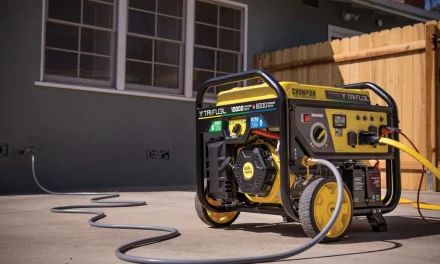Hurricane Season Starts June 1 – Prepare Before a Hurricane Threatens Home and Family
Time is running short to finalize your Hurricane Preparedness Plan for the start of the Atlantic Hurricane Season. Although tropical cyclones like hurricanes and tropical storms can form at any time of year, the most common time is from June 1 through November 30.
First you determined your hurricane risk factors and made a plan to mitigate those risks. Now is the time to implement that plan to make your home and family ready for a hurricane. If you’ve been thorough, there are several lists of things to buy, kits to assemble, and plans to discuss with family members, along with a few other and perhaps less obvious exercises.
Do as much of the preparation work now as possible. When a hurricane looms just out of sight on the horizon, your main concern will turn toward last minute preparations instead of a panicked rush for essentials you don’t have and are no longer able to purchase.
Hurricane Preparedness: Know Your Risks—Make a Plan
Evacuation Ready
Purchase the supplies for your emergency disaster kit. Pack them in one or more easy-to-carry containers such as lidded bins, 5-gallon buckets, or collapsible bags. As you pack, check each item off your list. You might have three different size batteries for different uses—flashlights, weather radio, portable lantern. Label multiple purpose items with their use and expiration date.
Perform routine maintenance on your vehicle. Take care of repairs that you have put off. During the hurricane season, keep your vehicle’s fuel tank at least half full at all times.
Invest in a small, Portable Inverter Generator. Small and light enough to carry anywhere, you can run small appliances and lights, and use them to charge electronic devices or operate small appliances. Inverters use less gasoline or propane and they make a lot less noise than regular portables. You can even make your morning coffee on the side of the road or at a campsite.
Take a drive and familiarize yourself with the evacuation route and how to get to it. No one wants to leave their home, but if the order to evacuate is given, make any final preparations on your home and leave as soon as possible following predetermined evacuation routes.
Don’t try to take shortcuts. If you get lost or have car trouble, help is a long way off. Shortcuts may have closed roads or problems that you won’t know about until you run into them. Save yourself the trouble. Stay on the evacuation route until you are out of the city and area. Don’t forget to let other family members know where you are going through your primary contact.
Top Ten Tips to Survive a Hurricane
How Prepared Are You?
Did you…
- Strengthen your home to current hurricane standards?
- Trim trees to remove dead/dying branches?
- Did you buy and cut the plywood for boarding up your home?
- Remember to reinforce patio and garage doors?
- Make an Emergency Evacuation plan?
- Make a Family Communication plan?
- Did you invest in an NOAA Weather Radio?
- Non-perishable food/water for 7 days?
- Include your pets in plans for evacuation, shelter, and supplies?
- Check your PPE in case you go to a public shelter?
- Call Your Insurance Agent to cover flood insurance and wind damage?
- Make sure that elderly or vulnerable neighbors are ready?
- Did you write it all down? A completed plan you can refer to makes the final hours of before a Hurricane lands so much easier.
A Completed Hurricane Preparedness Plan
Insurance Upgrade

“It Never Flooded Here Before” Hurricanes and Tropical Storms can cause a flood anywhere they strike.
Have you spoken with your homeowner insurance agent about flood coverage? If so you probably learned that you don’t have flood insurance. Most regular insurers don’t offer their own flood insurance and specifically exclude flood damage from your policies. However, some do act as agents and offer flood insurance through the National Flood Insurance Program (NFIP).
In general, it takes 30 days from the date of purchase for the policy to go into effect. Make the purchase now to avoid problems with early storms. Most flood insurance in the United States is issued through the National Flood Insurance Program, administered by the Federal Government.
Flood insurance through the NFIP is available to homeowners, renters, business owners, condominium owners, and condominium renters.
Hurricane Disaster Planning and Preparation
Disaster Supplies
Those who don’t evacuate may find themselves confined to small areas with no resources for basic needs such as food, water, and medications. Assemble a pantry of anything you need on a daily basis such as diapers, formula, or anything else you can think of. The more you have, the less you will wish you had.
Purchase and store at least 7 days worth of non-perishable food for your household—including pets. Most canned foods require a can-opener. Be sure to include a good-quality can opener in your supplies. Canned meats, beans, vegetables, and fruits should be at the top of your list.
7 days of water = 7 gallons per person, and possibly more, for drinking and hygiene. Gallon jugs filled from your tap are fine. Don’t forget your pets.
Pick up medications from the pharmacy a few days early each month. Put aside ten days worth of meds for each person to ensure you have all the medications you need in the days leading to, and after a hurricane.
The Federal Emergency Management Agency (FEMA) recommends a minimum three-day supply of non-perishable food and water for each person. Individual daily needs are one-two gallons of water and 2000 calories of food. Rather than store the bare minimum, consider stocking a pantry that will last a month and rotate food that you purchase into the pantry and use the older food first. Nothing becomes post-dated and food remains fresh and nutritious.
One item hurricane survivors can expect to find in very short supply is electricity. A standby generator will start and run automatically to keep the house power on even at the height of the storm. They are permanently connected appliances. Some will supply a few selected circuits, others provide power to an entire home, depending on their capacity, configuration, and the type of automatic transfer switch used.
Things to Remember Before a Hurricane Disaster
Home Improvements

Boarding up your house and reinforcing the roof framing and sheathing are the first steps to avoiding complete collapse.
Strengthen your home against wind damage and other hurricane hazards.
Secure window and door coverings and/or hurricane rated doors are important to preventing roof loss. Purchase coverings for doors and windows in advance. Professionally installed storm shutters are ideal, but heavy duty plywood, cut to fit and drilled for lag screws are another good option. Don’t forget about garage doors and patio doors.
If you choose to board up your home, 3/4 plywood is ideal. Cut a piece for each window that is large enough to screw into the building frame. Drill holes and add lag screws to drive at least 1.5 inches into the building’s frame. Store the window covers with the lag screws started and ready to go. A cordless impact driver is ideal for boarding up the house in a hurry.
Have your home checked for proper hurricane ties that transfer wind loads from your roof down through the frame to the foundation. Reinforce sheathing from within attic spaces.
Consider making a storm-safe room in the interior of your home. This could be any room reinforced to provide additional protection. No windows, reinforced entry doors, and reinforced walls and ceilings.
Prepare Your Home Against a Hurricane
The Department of Homeland Security recommends some type of generator for backup power. A standby unit that operates on the municipal natural gas supply won’t need frequent refueling and you won’t have to store flammable fuels. Combined with an automatic transfer switch, they detect an outage and start and run automatically. You won’t have to leave your home in 100 MPH winds to get it started.
The installation process is not trivial, but well worth the cost and effort to keep your home safe by running pumps, keeping food cold, and staying informed via the internet and television or radio.
Portable Generators only come into play after the storm has passed, which can leave you without power for quite a while. You’ll need to stockpile fuel in advance and use it sparingly. Don’t go outside during a hurricane to hook it up or try to run it in wet weather. Never operate a generator indoors.
Portable Generator Safety Rules to Live By
Information Resources
If you haven’t done so already, familiarize yourself with local sources of information. Bookmark websites or make shortcuts on cell phones. Call your local government and find out how they disseminate information during an emergency and what plans are in place for emergency notifications.
Avoid Information Sources that sensationalize weather reports. They have a vested interest in getting you to come back as often as possible to view ads and possibly click on one. Use official sources of information like the National Hurricane Center and your state’s official hurricane, emergency management, or disaster website.
An NOAA Weather Radio is an excellent source of emergency weather information. These radios—buy a model that can run on batteries—alert you with a tone and message. Each time the NWS or NHC provides storm updates, you will receive a new alert. The alerts are specific to your region. If you evacuate, take your portable NOAA radio along.
If you have a cell phone made after 2010, it most likely supports the Integrated Public Alert & Warning System (IPAWS). This allows for Emergency Warning System messages to reach U.S. Residents in specific geographic areas or within the entire country. The system uses a type of text message up to 90 characters long and is available to local authorities to broadcast emergency information about storms, evacuations, and other threats.
Check to make sure Emergency Broadcasts are enabled in your cell phone’s settings. If you have an older cell phone that does not support the Emergency Warning Systems messages, consider upgrading to a newer phone.
Post-Disaster Tip: Text messages travel through congested networks—a common problem during and after a disaster—more easily and reliably than phone calls. While dropped calls and all circuits busy issues plague calls, text messages flow freely.
How to Use a Portable Generator in an Emergency
Complete Preparations
Discuss the emergency plan with family members. Make clear that everyone understands how to communicate, where to go, and what to do in the event of a hurricane. Arrange a text message code with teenagers to notify them of danger and to come home without delay.
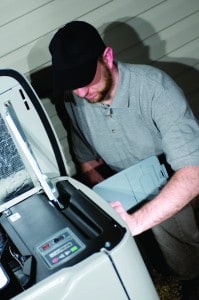
Be prepared to service your generator during an extended outage with additional maintenance kits and supplies
If the order to evacuate is given, know where you will go in advance. Tell relatives what your general plan entails and where your destination in the event of an evacuation will be. Communication between families and friends is one more way to keep people safe, because they won’t go looking or endanger emergency first responders by sending them to look for someone who evacuated.
Keep maintenance current on vehicles and on generators. Store extra generator maintenance supplies. If you rely on a portable generator, determine a safe place to run it in advance. Store as much fuel in approved containers as necessary to last at least three days and longer if possible. Most communities limit the amount of stored flammable fuel in residential homes and garages or sheds.
Complete your preparations before the first storm forms over the ocean, and you’ll be ready when it arrives on your doorstep instead of frantically shopping for food, water, and supplies.
FEMA Recommends a Backup Generator for Emergency Preparedness
Updated on March 20, 2019

